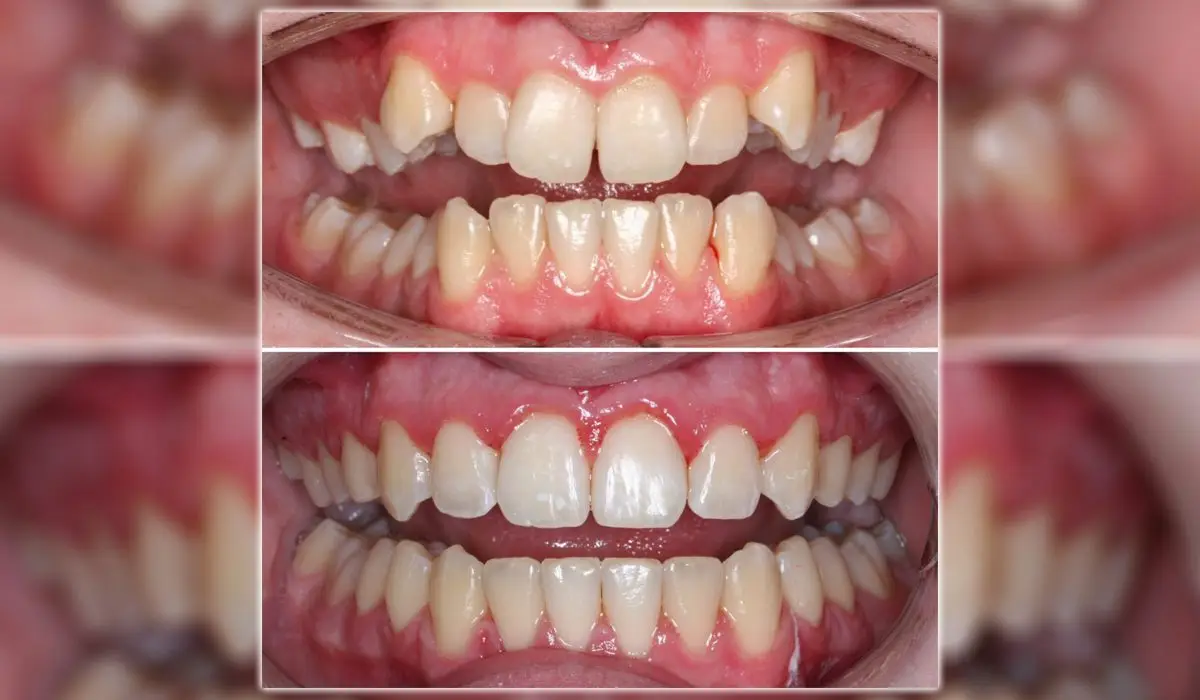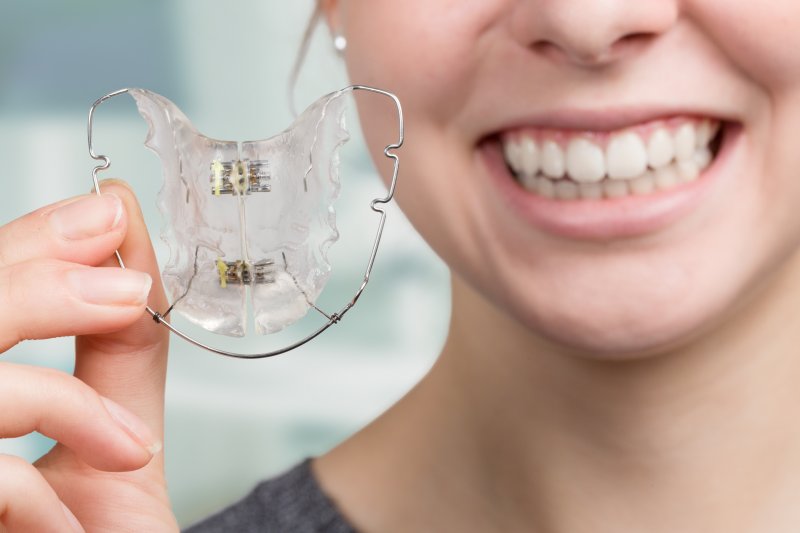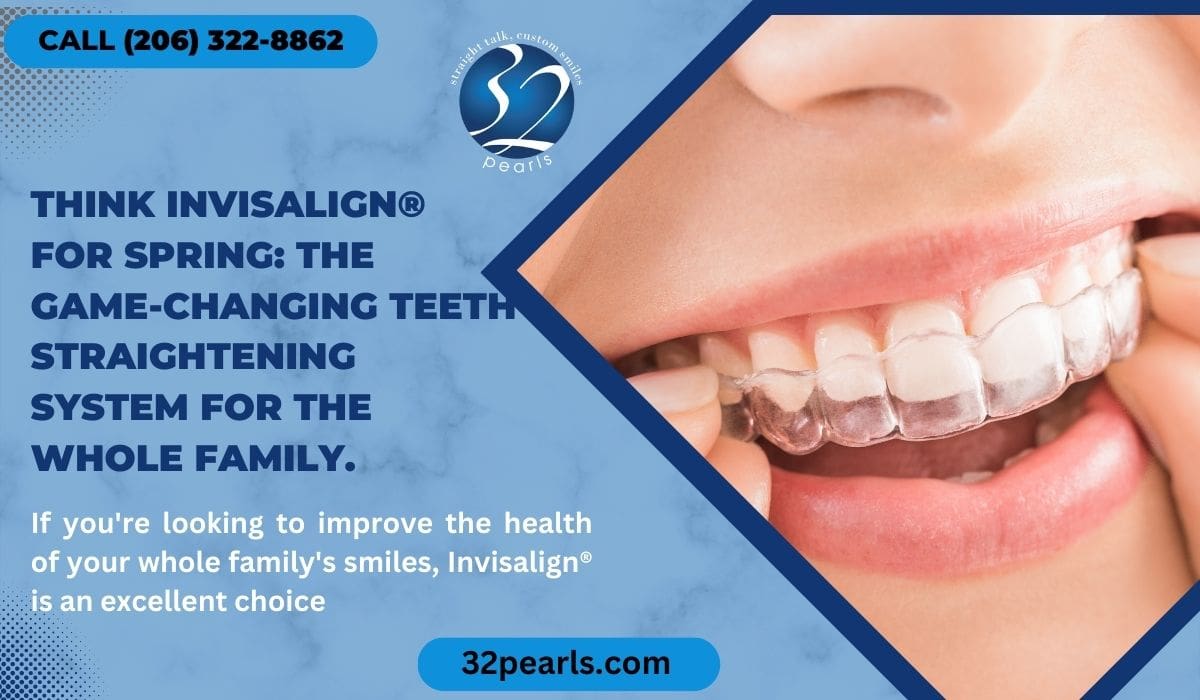Success Stories: How Invisalign Changed Lives and Increased Confidence
Success Stories: How Invisalign Changed Lives and Increased Confidence
Blog Article
Invisalign vs. Standard Dental braces: Which Alternative Is Right for You?
When taking into consideration orthodontic treatment, the choice between Invisalign and conventional dental braces provides several crucial aspects that warrant careful analysis. Invisalign uses a discreet choice with removable aligners, while typical braces offer a much more visible yet effective option for serious misalignment.
Introduction of Therapy Options

On the other hand, traditional dental braces consist of metal braces and cords that are adhered to the teeth. This technique applies continuous pressure over time to attain placement. While reliable for complicated orthodontic problems, traditional braces call for regular sees for adjustments and can posture challenges in keeping dental hygiene as a result of the problem of cleansing about cords and brackets.
Both alternatives have their values, and the option commonly rests on specific oral conditions, way of life preferences, and person compliance. Inevitably, speaking with an orthodontic specialist is important for figuring out the most suitable therapy strategy tailored to individual needs. Recognizing the subtleties of each alternative can considerably influence the total success of orthodontic treatment.
Visual Factors To Consider
A significant element influencing the selection in between Invisalign and typical braces is the visual appeal each therapy uses. Invisalign aligners are crafted from clear plastic, making them basically unseen when put on. This very discreet appearance is particularly appealing to teens and adults that may feel self-conscious regarding their orthodontic therapy. The capability to keep an all-natural smile throughout the placement process can considerably enhance the client's confidence in specialist and social setups.
In contrast, standard braces include metal brackets and cords, which can be a lot more visible. While improvements in orthodontic innovation have caused the growth of smaller brackets and colored elastics, conventional dental braces still maintain a more obvious account. For some individuals, the visibility of braces might deter them from seeking necessary therapy.
Eventually, the option in between Invisalign and standard dental braces may depend upon individual choices relating to looks. People who prioritize discretion often favor Invisalign, while those that are much less concerned concerning visibility may go with traditional braces. Comprehending the aesthetic effects of each option is critical for making an educated choice that straightens with one's way of living and preferences.
Convenience and Convenience

In regards to comfort, Invisalign aligners are detachable, enabling clients to enjoy their favored foods without restriction and keep optimum dental hygiene. Cleaning and flossing are simplified, as the aligners can be obtained throughout these routines, whereas conventional dental braces require cautious navigating around braces and wires.
Additionally, Invisalign's dynamic system enables fewer orthodontic sees. Individuals usually receive numerous collections of aligners at the same time, which can enhance the therapy procedure and lower time invested in the orthodontist's chair. In contrast, traditional braces demand routine changes, making them much less practical for those with busy routines. Invisalign. On the whole, the comfort and convenience of Invisalign make it an attractive choice for numerous people looking for orthodontic treatment.
Therapy Period and Performance
While both Invisalign and typical dental braces are reliable in correcting dental imbalances, the period of therapy can differ significantly in between the 2 choices. Commonly, Invisalign treatment can take anywhere from 12 to 18 months, depending on the complexity of the case. The clear aligners function by gradually moving teeth right into their wanted placements, and regular follow-ups with an orthodontist help guarantee development stays on course.
In comparison, typical braces frequently need a longer commitment, typically ranging from 18 months to three years. This results from their set nature and the use of cords and braces, which can be extra effective for intricate instances and extreme imbalances (Invisalign). The treatment effectiveness of traditional dental braces is well-documented, as they permit specific modifications and better control over tooth activity
Eventually, the option between Invisalign and conventional braces might depend upon both the expected treatment duration and the specific oral problems available. Consulting with an orthodontist is important, as they can offer tailored recommendations based upon private needs, guaranteeing the chosen approach straightens with preferred outcomes and durations.
Price Contrast and Insurance Options
Price plays a considerable role in the decision-making procedure for individuals considering orthodontic therapy, whether choosing Invisalign or traditional dental braces. On average, the price of Invisalign varieties from $3,000 to $8,000, while traditional dental braces usually cost in between $2,000 and $6,000. Factors affecting these costs consist of the complexity of the instance, the duration of therapy, and geographical location.
Numerous oral insurance policy plans supply partial investigate this site coverage for orthodontic treatments, however the specifics can differ widely. Typically, standard dental braces may be much more regularly covered by insurance policy Go Here plans compared to Invisalign, which some insurance firms categorize as a cosmetic treatment.
In addition, numerous orthodontic practices use flexible settlement plans, making both treatment choices much more easily accessible. Individuals need to ask about potential funding alternatives and discounts for upfront payments. Reviewing the overall price, consisting of insurance policy advantages and settlement strategies, is essential for making an informed choice that straightens with both visual choices and budget plan considerations.

Conclusion
In recap, the selection in between Invisalign and typical dental braces pivots on several elements, including aesthetic choices, convenience, therapy duration, and cost. Invisalign offers a very discreet, detachable choice that assists in oral hygiene and nutritional adaptability, while standard braces may be preferable for intricate dental issues and often come with a reduced price factor. Inevitably, examination with an orthodontist is necessary to evaluate individual circumstances and determine one of the most proper treatment option for attaining optimum dental alignment.
When taking into consideration orthodontic therapy, the choice in between Invisalign and conventional dental braces provides several vital aspects that merit mindful assessment.Comparing Invisalign and typical braces reveals distinctive treatment alternatives for orthodontic adjustment.While both Invisalign and typical braces are reliable in fixing oral misalignments, the period of treatment can differ considerably why not find out more in between the two choices.Cost plays a considerable role in the decision-making procedure for people thinking about orthodontic treatment, whether choosing for Invisalign or traditional braces.In recap, the choice between Invisalign and typical braces hinges on numerous factors, including visual choices, comfort, treatment period, and price.
Report this page